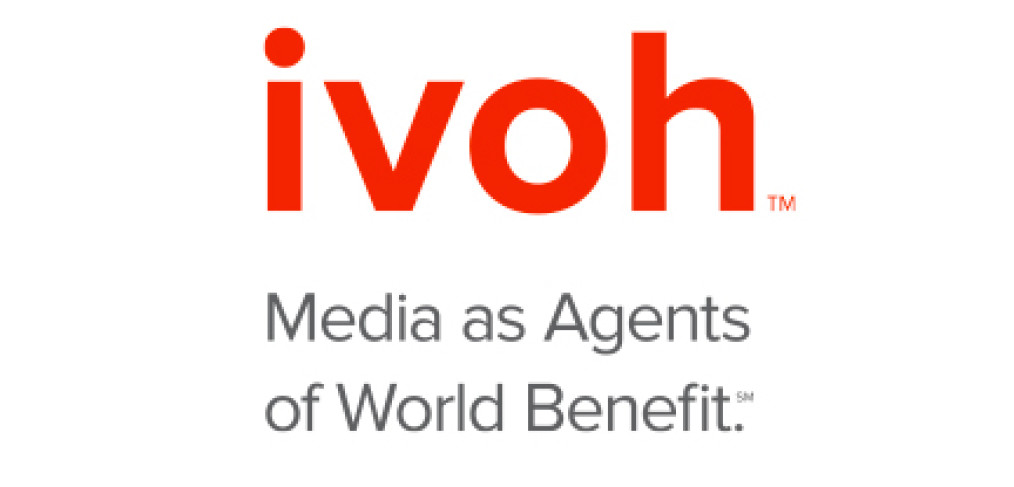
IVOH – New report explores how the media can be a vehicle for social change
Readers crave positive stories about their own communities and other communities around the world. If traditional media outlets don’t — or won’t — tell those stories, readers might just start telling and sharing these stories themselves.
That’s one lesson from a review of 10 years of work by Ripple Strategies, a PR firm focused on the promotion of social good. The firm recently published a 10th anniversary report called “The Ripple Effect: How to Use the Media for Social Change.”
In the report, Ripple Strategies founders Shayna Samuels and Glenn Turner reflected this year on their work for brands such as Greenpeace, International Rivers, and Corporate Accountability International. Sprinkled throughout the report are tips adding up to a tool kit of advice for anyone trying to promote an idea, share research, or market an innovation.
Building contacts at national news outlets is no longer the most important first step for an organization looking for exposure, Samuels and Turner say. Instead, the focus should be on telling a good story.
And they mean “good” in more ways than one.
The stories they’re talking about have compelling characters and a solid narrative structure. They resonate with readers in deeper, more emotionally-centered ways than a straightforward news or press release, and they’re more likely to be remembered, shared, and inspire action.
Having a main character – like Hannah, a 9-year-old girl who lectured McDonald’s CEO Don Thompson on the fast food chain’s advertising – gives readers a relatable entry point into the story, Samuels says.
Stories of social change also build resonance when they show readers how a problem affects them, as directly as possible. Ripple Strategies learned this through some of its own work. Not long ago, the firm worked on a campaign to give restaurant workers sick-time allowances. It promoted a study showing that anyone who eats in a restaurant is vulnerable to catch illnesses from sick servers.
“They were trying for so long for get attention for their issue, but were having trouble until there was a link made between their issue and the rest of the public,” Samuels says. “Then, everyone wanted to rally around restaurant workers. It was very simple, relatable and action-oriented.” Highlighting the human narrative at the center of a problem “gives a story more power and allows it to be more shareable and evoke a potential change.”
Ten years ago, Samuels and Turner’s work was primarily about landing a story on the front page or prime time broadcast of major news outlets. They’d pitch reporters and editors with phone calls, faxes, or emails.
Now, news outlets are still part of the mix, but they’re no longer the gatekeepers to public discourse that they once were. This is especially true at news outlets that have been slow to adapt to the public’s desire for stories that highlight positive social change, Turner said.
Instead, Ripple Strategies encourages its clients to take advantage of the fractured nature of the way people today get informed about the world, including social media and blogs.
“With the rise of content marketing — essentially people creating their own content and distributing it — there’s less reliance on pitching a reporter and hoping a reporter is going to cover the story,” Turner said.
The broader media industry — including blogs and user-generated content sites — are realizing the importance of what Samuels called “the solutions media movement” and have gotten behind stories of positive change.
Traditional media outlets still have some level of authority and trust with the public. They just have to start thinking, Samuels said, “about the content of all of the news that they’re reporting and the implications it has in a world that is really needing solutions.”
The old paradigm of ‘If it Bleeds it Leads,’ “still works a little bit but it doesn’t dominate completely,’ she said.
“People are overwhelmed with the problems in the world. There is major momentum for solutions and positive change. It’s too overwhelming to be bombarded with the negative. When we started, we were a lot of the people putting out negative news about the problems. And that is the first step,” Samuels said.
“Now, there is so much out there about all those things, like the environment and public health, people are ready to move on from that and the media is certainly a part of that.”
By Sarah Palermo
